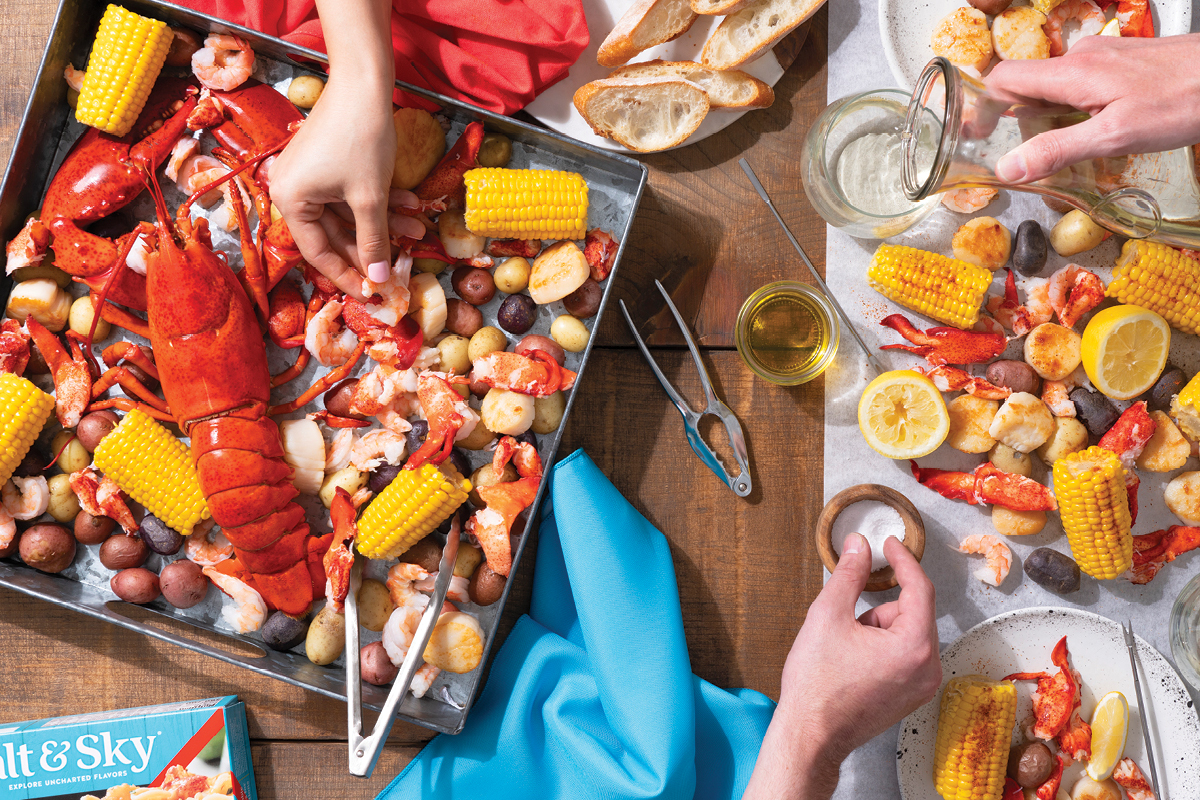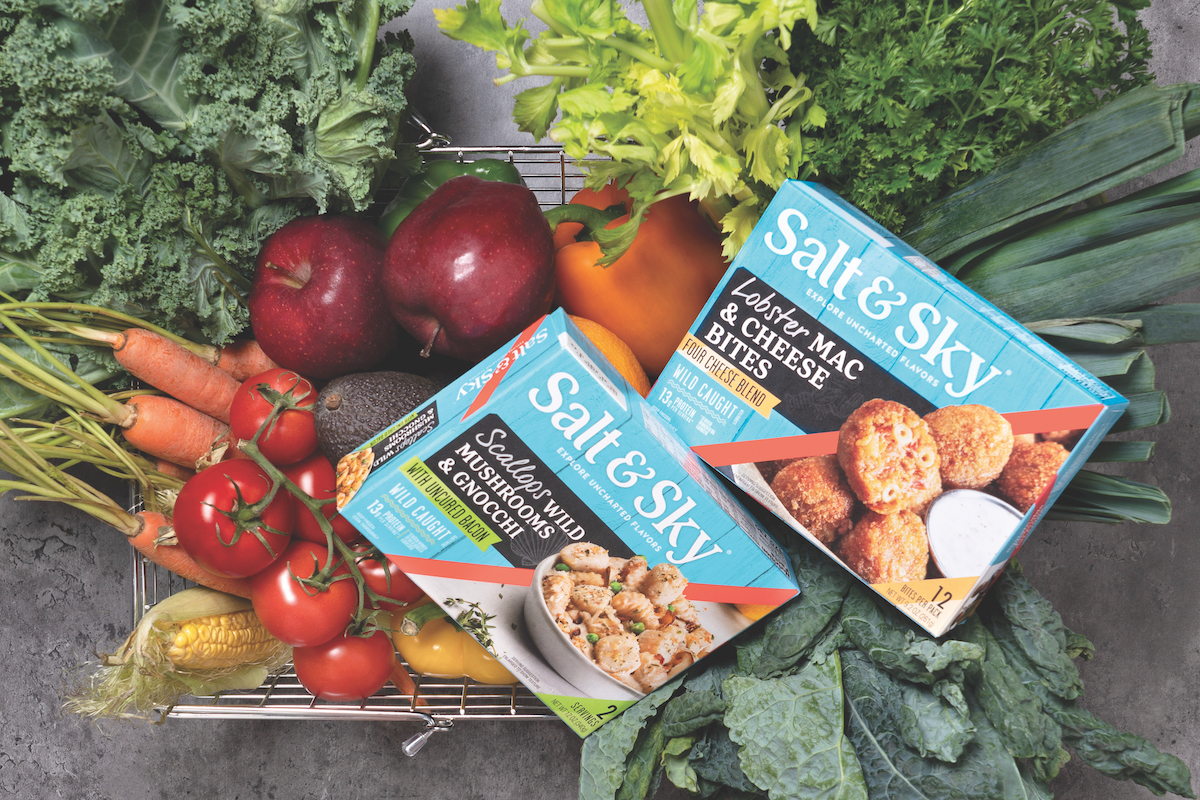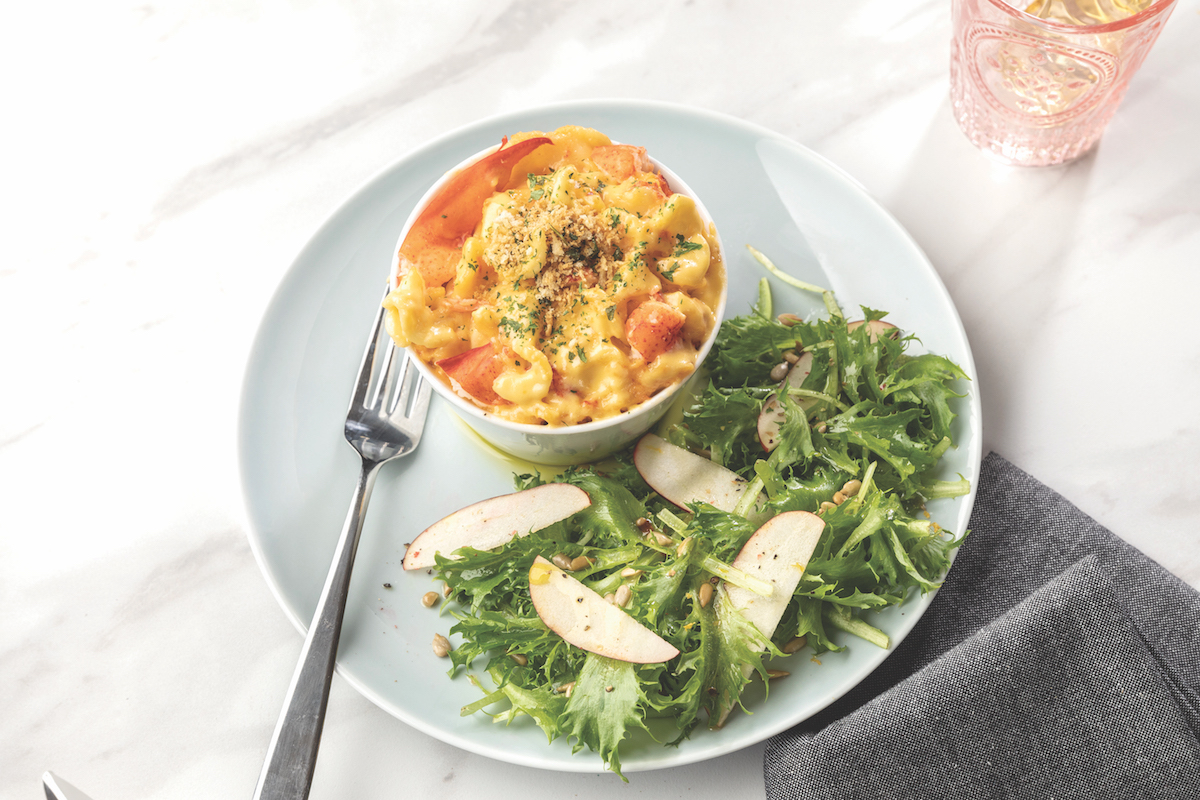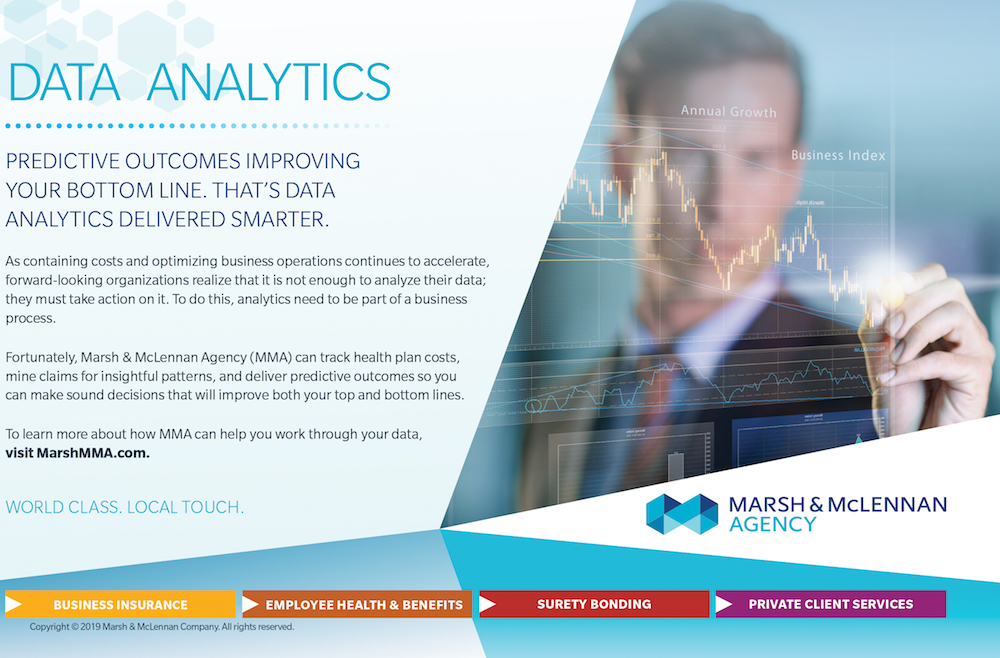Over its 38-year history, East Coast Seafood has become the world’s largest distributor of live and frozen North American lobster, and one of the leading distributors of scallops and certain species of fin fish.

Three years ago, when already at the top of its game, the company made the decision to integrate with Garbo – a distributor of live lobster in the North American market – a move that would enable it to offer a wider range of products, including value add, to its global customers. There’s a high chance that if you’re tucking into a delicious lobster product, East Coast Seafood helped get it onto your plate.
The company’s CEO, Brad Hudson, took the helm at the end of 2018 from the previous CEO, who was brought on for the companies’ diversification into consumer-packaged goods. Brad continued the work with former CEO and Founder Mike Tourkistas as the two men shared same view when it came to the continued growth of the company and were in agreement on several initiatives that would bring huge opportunity.
And while Brad still has the desire to keep growing, he also has his sights set on achieving other things for the business – mainly efficiency, transparency, a sense of community and sustainability.
Something that makes East Coast Seafood different from its competitors is that it participates in its supply chain from beginning to end. “A lot of people don’t realize this, but because we’re vertically integrated across North America – from the maritime provinces of Canada down through Massachusetts – we control our product as well as the impact of our relationships,” says Brad. “This has allowed us to create true partnerships with our suppliers as well as deep relationships with individual fishermen and cooperatives.

We’re a hub of information, and we do our best each day to share that information along the value chain. We can tell our customers: ‘For the upcoming season, or the upcoming six months, we think product X is going to be more readily available. It’s going to be more price competitive and so you might want to move in that direction.’
“We’re a hub of information, and we do our best each day to share that information along the value chain.”
“Because of this we don’t think of ourselves as just a supplier to customers like Costco, Wakefern, US Foods or PFG; we think of ourselves as a partner. What we can offer is incredibly valuable.”
Relationships and community are both incredibly important to Brad and his team, and something they see as beneficial to the company, the customer and the consumer. “Our relationships go far beyond just buy–sell transactions, which is what other seafood businesses do,” he says.
“A great example of how we do things a little differently is the recent expansion of our lobster processing operations. We’ve put more processing capacity inside our existing scallop plant in New Bedford, Massachusetts, which is not only good for us as a company, it’s also great for the community and all our customers. They can come in and see the products they’re buying from us, all being processed under one roof.”
This transparency not only encourages trust and loyalty, it also plays a huge role in educating customers on what it takes to get the food onto their plates – something East Coast Seafood prides itself on. “We’re always looking for ways to engage with our customers and so, for the past 11 years, we’ve facilitated an annual Lobster Academy,” explains Brad. “The Academy was truly the mastermind of, and continues to be championed by (former CEO) Mike.
We invite customers and industry participants to a multi-day educational event and teach them the intricate nuances of lobster. They learn about what our fishermen and fisherwomen go through to catch and supply the lobster to us as a business; what goes into the processing of the animal; and how we then get it to the customer.
I certainly feel that the more our customers see that our fisheries are healthy and sustainable places, the happier they will be to buy our product, which then benefits our suppliers and stakeholders.”

Alongside his goal for transparency and education, Brad and his team are also focusing on the bigger picture of sustainability. “Sustainability in the seafood industry is a huge topic and one we embrace,” he says.
“We’re highly focused on sustainability because with wild-caught species, if you don’t have a healthy fishery, you don’t have a business. So, we’ve done three things in that area: we work closely with not-for-profit organizations like the Marine Stewardship Council to make sure our industry is taking all the necessary steps to support sustainable fisheries; we work closely with our customers to make sure our sustainability efforts are aligned with their internal programs, and then, internally, we are constantly evaluating our footprint as a corporation – where we source and where we produce, so that we are doing more with less.
“Sustainability in the seafood industry is a huge topic and one we embrace.”
And we’re able to maintain a sustainable production platform from the shore all the way to our customers.” There’s no doubt that the importance of people, relationships and community sit at the core of East Coast Seafood so it should come as no surprise that when asked what inspires him to drive the business forward, Brad says: “East Coast Seafood is not just about one individual, it’s a collection of people – from the men and women who go out and risk their lives to pull our seafood out of the ocean, to every person we have working in our processing plants and throughout the business.
I’m so proud and grateful to all of them. The business has so much history and the people working in it have so much knowledge, they really do live the business through their dedication to it and they continue to inspire me every day.”
Proudly supported by:



